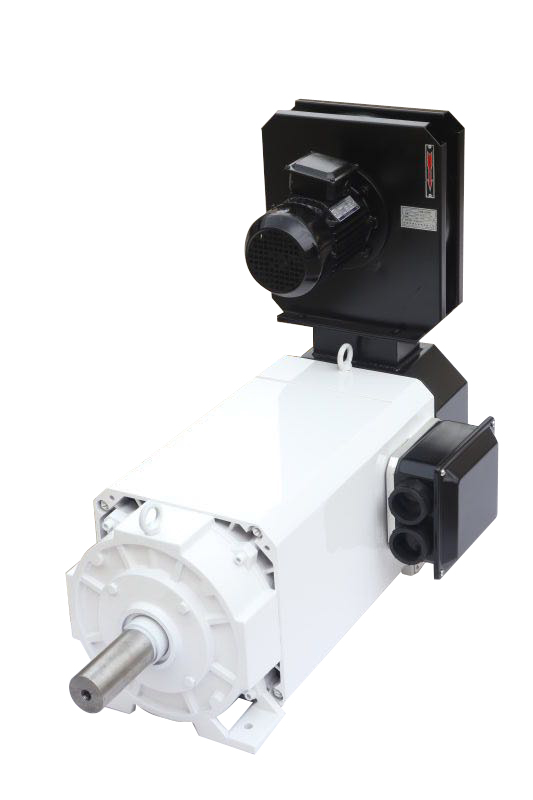-


Three-phase Permanent Magnet Synchronous Motor
-


Three-phase Rare Earth permanent magnet synchronous Motor
-


Three-phase Explosion-proof Permanent Magnet Synchronous Motor
-


Three-phase Water-cooling Permanent Magnet Synchronous Motor
-


High-temperature Permanent Magnet Synchronous Motor for Forming Machines
-


Permanent Magnet Synchronous Motor for Water Jet Looms
-


Ultra-light Mobile Permanent Magnet Emergency Pump
- Home
- About Jin Yi
- Products Center
- Three-phase Permanent Magnet Synchronous Motor
- Three-phase Rare Earth permanent magnet synchronous Motor
- Three-phase Explosion-proof Permanent Magnet Synchronous Motor
- Three-phase Water-cooling Permanent Magnet Synchronous Motor
- High-temperature Permanent Magnet Synchronous Motor for Forming Machines
- Permanent Magnet Synchronous Motor for Water Jet Looms
- Ultra-light Mobile Permanent Magnet Emergency Pump
- Application
- Support
- News
- Contact
send back information





